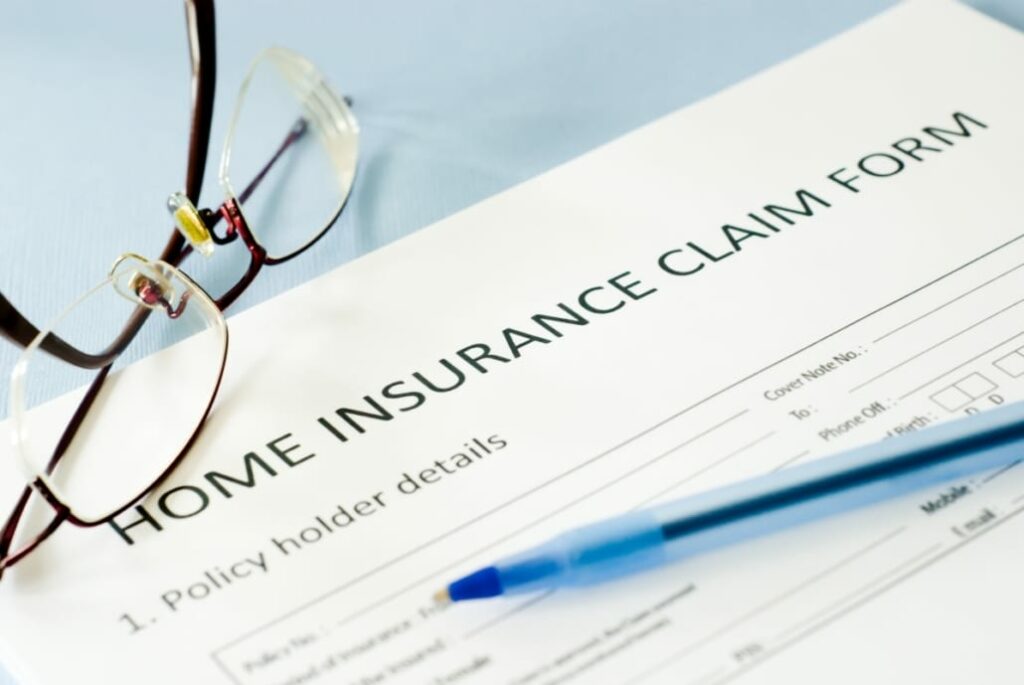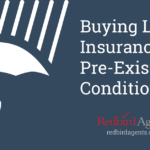What is the best way to file a claim for home insurance damage – What’s the best way to file a claim for home insurance damage? Facing unexpected home damage is stressful enough, but navigating the insurance claim process can feel like a whole other level of chaos. This guide cuts through the confusion, providing a clear roadmap to help you get your home back to normal as quickly and smoothly as possible.
From understanding your policy to dealing with potential disputes, we’ll cover everything you need to know.
We’ll break down the entire process step-by-step, from documenting the damage meticulously with photos and videos, to contacting your insurance provider and understanding the claims adjustment process. Learn how to choose the right contractors, negotiate repairs, and even prevent future damage. We’ll equip you with the knowledge and strategies to confidently handle your claim and get the compensation you deserve.
Understanding Your Home Insurance Policy
Navigating the complexities of home insurance can feel overwhelming, especially when facing unexpected damage. Understanding your policy’s coverage and the claims process is crucial for a smooth and efficient resolution. This section will demystify your policy, empowering you to confidently handle any claim.
Navigating the process of filing a home insurance claim can be tricky, requiring prompt documentation of damages and clear communication with your insurer. Just as you carefully compare different options when choosing a health plan, like learning how to compare different health insurance plans for families , you need a proactive approach with your home insurance. Remember to thoroughly review your policy and keep detailed records to ensure a smooth and successful claim process.
Types of Home Insurance Coverage
Home insurance policies typically offer several types of coverage, each designed to protect different aspects of your property and possessions. Common coverages include dwelling coverage (protecting the structure of your home), personal property coverage (covering your belongings inside the home), liability coverage (protecting you from lawsuits due to accidents on your property), and additional living expenses coverage (covering temporary housing and living costs if your home becomes uninhabitable due to a covered event).
The specific extent of each coverage will be detailed in your policy document, including any limitations or exclusions. For example, flood damage might require a separate flood insurance policy, and certain valuable items might need scheduled coverage for full protection.
The Claims Process as Detailed in Your Policy Document
Your policy document is your primary reference for understanding the claims process. It Artikels the steps you need to take, the documentation you need to provide, and the timelines involved. Generally, the process involves reporting the damage promptly to your insurer, providing detailed information about the incident, cooperating with the insurer’s investigation (which may include inspections), and submitting all necessary documentation to support your claim.
Failure to follow the Artikeld process may delay or even jeopardize your claim. Your policy may also specify the method of reporting claims, whether it’s through a phone call, online portal, or a specific claims form.
Locating Relevant Policy Information Regarding Filing Claims
Finding the necessary information within your policy document can be straightforward with a little organization. Most policies have a table of contents or an index that will help you quickly locate sections related to claims. Look for chapters or sections titled “Filing a Claim,” “Claims Procedures,” or similar headings. Pay close attention to the sections outlining the required documentation, such as photographs of the damage, repair estimates, and police reports (if applicable).
Keep your policy document in a safe and easily accessible place, perhaps digitally backed up as well, for quick reference when needed. Consider highlighting or bookmarking key sections related to claims for easy retrieval.
Common Policy Exclusions and Their Implications for Claims
Understanding what your policydoesn’t* cover is just as important as understanding what it does. Many policies exclude certain types of damage or circumstances. This table summarizes some common exclusions and their potential impact on your claim.
| Exclusion | Implication | Example | Mitigation Strategies |
|---|---|---|---|
| Flood Damage | Claim denied unless you have separate flood insurance. | Damage from a hurricane’s storm surge. | Purchase separate flood insurance. |
| Earthquake Damage | Claim denied unless you have earthquake coverage (often a separate endorsement). | Damage from a significant seismic event. | Purchase earthquake coverage as an add-on to your policy. |
| Acts of War | Claim denied; typically not covered under standard home insurance policies. | Damage caused by a bombing. | Consider specialized coverage if in a high-risk area. |
| Normal Wear and Tear | Claim denied; this refers to gradual deterioration over time. | A cracked foundation due to settling. | Regular home maintenance to prevent damage. |
Documenting the Damage
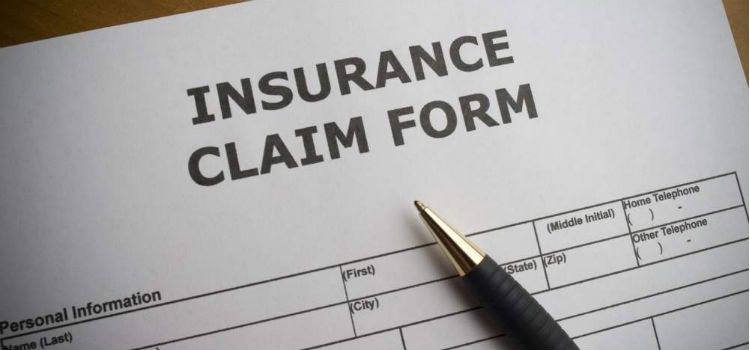
Filing a successful home insurance claim hinges on meticulous documentation of the damage. A comprehensive record provides irrefutable evidence of the extent of the loss, significantly improving your chances of a fair settlement. Failing to properly document the damage can lead to delays, disputes, and ultimately, a smaller payout.Accurate descriptions and visual evidence are crucial. Think of your documentation as building a strong case for your claim.
The more detailed and thorough your records, the easier it will be for the insurance adjuster to understand the situation and assess the damage fairly. This process involves more than just snapping a few pictures; it requires a systematic approach to ensure all aspects of the damage are captured.
Photographing and Videographing the Damage
Thorough photographic and videographic documentation is paramount. Begin by taking wide-angle shots of the affected areas to show the overall context of the damage. Then, move in closer to capture detailed images of specific areas of damage, focusing on cracks, water stains, broken items, and other visible signs of destruction. For example, if a tree fell on your roof, take photos of the fallen tree, the damaged roof shingles, and any resulting interior damage, like water stains on the ceiling.
Videos can add an extra layer of evidence, particularly for events like flooding, where the extent of the damage might not be immediately apparent. Remember to capture the surrounding environment to showcase the extent of the event and any other affected areas.
Navigating home insurance claims can be tricky; documenting damage thoroughly with photos and videos is key. But securing your family’s future is equally important, which leads to the question: can I get life insurance if I have a pre existing medical condition ? Understanding this is crucial alongside knowing your home insurance policy’s specifics before filing, ensuring a smoother process for both your financial security and your family’s well-being.
Accurate Descriptions of Damage and Extent
Beyond visual documentation, detailed written descriptions are essential. These descriptions should complement your photos and videos, providing a narrative that paints a complete picture of the damage. Use precise language to describe the type, size, and location of the damage. For instance, instead of saying “damaged roof,” specify “approximately 10 square feet of asphalt shingles damaged on the south-facing slope of the roof, near the chimney.” Similarly, instead of saying “water damage,” note “water damage to drywall, approximately 4 feet high by 6 feet wide, in the master bedroom, resulting in visible mold growth.” The more detail you provide, the clearer the picture will be for the insurance adjuster.
Damage Documentation Checklist
A checklist can ensure you don’t miss crucial details during the documentation process. This checklist should be used immediately after the damage occurs.
- Date and Time: Record the precise date and time of the incident and when the documentation was completed.
- Location: Specify the exact location of each damaged area within your property (e.g., “north wall of the living room, 2 feet from the fireplace”).
- Description of Damage: Provide detailed descriptions of the type, size, and extent of the damage, including measurements where possible.
- Photographs and Videos: Take multiple photos and videos from various angles, capturing both the overall damage and close-up details.
- Witness Statements: If any witnesses were present, obtain their contact information and a written statement describing what they observed.
Sample Damage Report
Below is a sample damage report using bullet points to illustrate the level of detail required. Remember to adapt this template to your specific situation.* Incident: Severe thunderstorm with high winds and heavy rain on October 26, 2024, at approximately 6:00 PM.
Damage Location
Rear section of the property, specifically the south-facing wall and roof.
Damage Description
Significant damage to the south-facing exterior wall, including broken siding and exposed framing over an area of approximately 8 square feet. Also, damage to approximately 12 square feet of asphalt shingles on the south-facing roof slope, with several shingles missing or severely damaged. Interior water damage to the adjacent bedroom ceiling, including water stains and minor drywall damage (approximately 2 feet by 3 feet).
Supporting Evidence
Photographs and videos attached (clearly labeled and numbered).
Contacting Your Insurance Provider
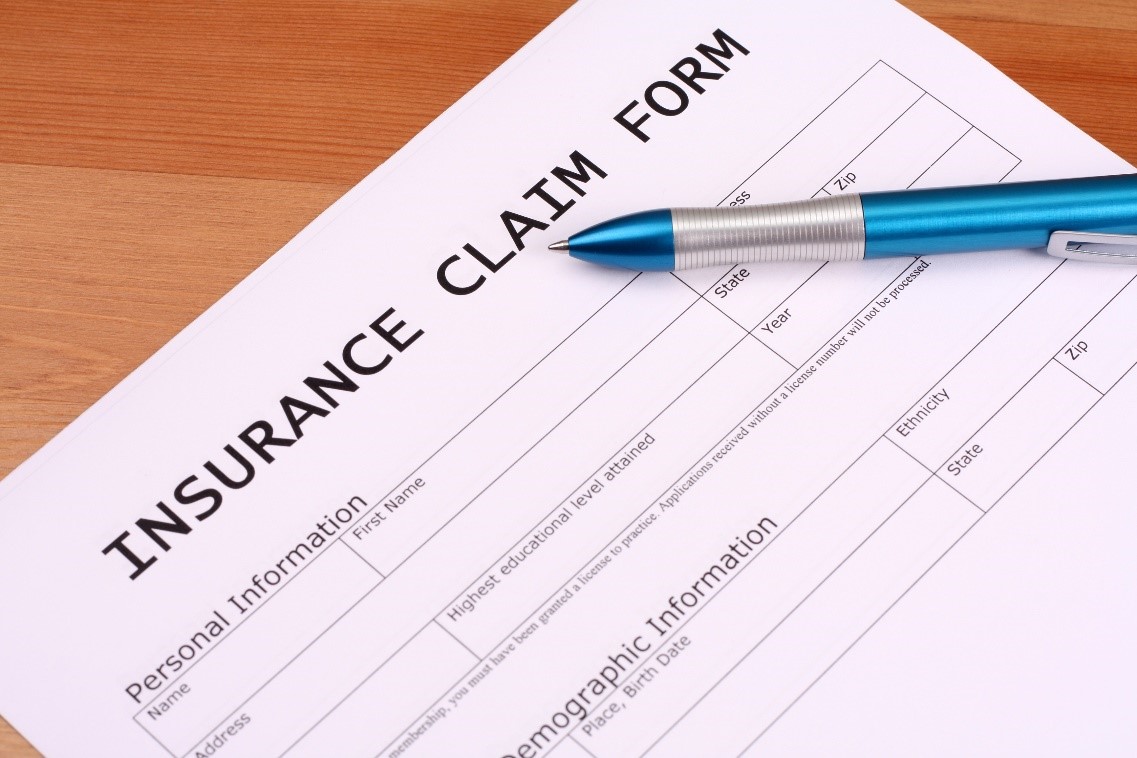
After documenting the damage to your property, the next crucial step is contacting your home insurance provider to initiate the claims process. A prompt and well-organized report will significantly expedite the claim’s evaluation and subsequent payout. Remember, clear communication is key to a smooth claims experience.The methods for contacting your insurance provider are varied and convenient, catering to different communication preferences.
Choosing the right method depends on your comfort level and the urgency of the situation. Each method offers its own advantages and disadvantages, and understanding these nuances will help you navigate the process efficiently.
Methods of Contacting Your Insurance Provider
You typically have several options for reaching your insurance provider: telephone, email, and online portals. A phone call is often the quickest way to report urgent damage, allowing for immediate clarification and potentially faster action. Email offers a written record of your communication, while online portals provide a centralized location to manage your claim and track its progress.
Information to Provide When Reporting Damage
When you contact your insurance provider, be prepared to provide specific information. This detailed initial report sets the stage for a smooth and efficient claims process. Lack of key information can lead to delays and unnecessary back-and-forth communication. Accuracy is paramount.
- Your policy number: This is essential for your insurer to quickly access your policy details.
- Date and time of the incident: Precise timing is crucial for establishing the timeline of events.
- Brief description of the damage: Clearly and concisely explain what happened and the extent of the damage.
- Location of the damage: Specify the exact area of your property affected.
- Estimated cost of repairs: Provide a reasonable estimate, based on your own assessment or quotes from contractors, if available.
- Contact information: Ensure your insurer has your current phone number and email address.
Sample Email to Insurance Provider
Subject: Home Insurance Claim – [Your Policy Number]
Damage Report
Dear [Insurance Provider Name],This email is to formally report damage to my property at [Your Address] insured under policy number [Your Policy Number]. The incident occurred on [Date] at approximately [Time].[Briefly describe the damage, e.g., “A severe storm caused significant damage to my roof, including broken shingles and water damage to the attic.”]I have attached photographs and a preliminary damage assessment [optional, mention if you are attaching supporting documents].
I estimate the cost of repairs to be approximately [Estimated Cost].Please advise on the next steps to file a formal claim. I can be reached at [Your Phone Number] or [Your Email Address].Sincerely,[Your Name]
Maintaining Detailed Records of Communication
Keeping detailed records of all communications with your insurance provider is crucial. This includes saving copies of emails, noting down the date and time of phone calls, and keeping records of any correspondence sent or received via mail or online portals. This documentation serves as a valuable reference point throughout the claims process and can be vital in case of any discrepancies or disputes.
Consider creating a dedicated folder or file to store all related documents. This proactive approach protects your interests and ensures a transparent and well-documented claim.
The Claims Adjustment Process
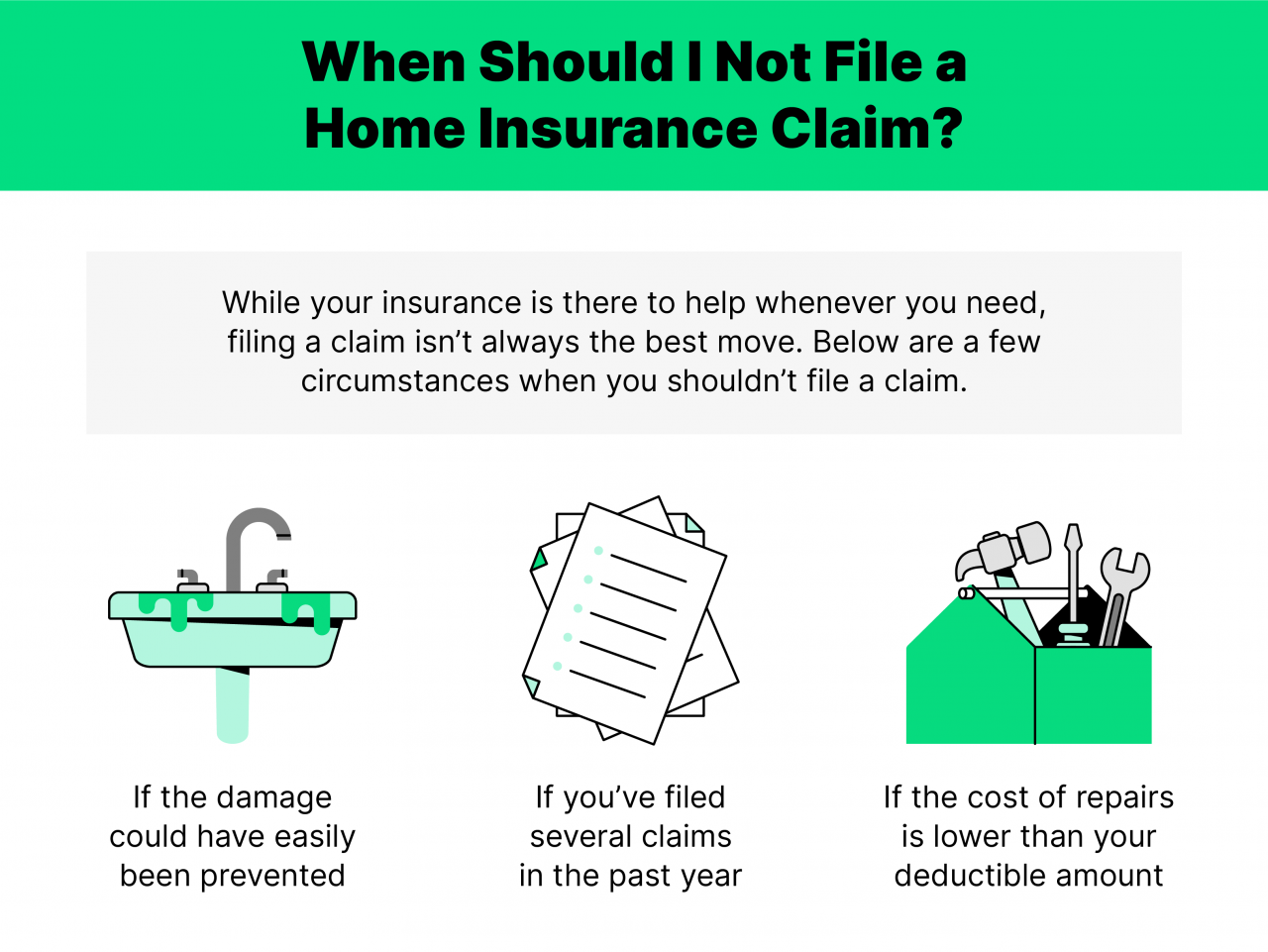
Navigating the claims adjustment process after home damage can feel overwhelming, but understanding the typical steps involved can significantly ease the journey. This process involves a series of investigations and evaluations designed to determine the extent of the damage and the insurance company’s liability. The smoother the process, the faster you can get back to your life.The claims adjustment process generally begins with the initial claim report and concludes with the final settlement.
This involves several key stages, each with its own specific requirements and timelines. Efficient communication and thorough documentation are crucial throughout the entire process.
Claims Adjustment Steps
The claims adjustment process typically unfolds in several key stages. First, the insurance company acknowledges receipt of your claim and assigns it to an adjuster. Next, the adjuster will inspect the damage, often taking photos and documenting the extent of the loss. This inspection is followed by a review of the policy to determine coverage. The adjuster will then prepare an estimate of the repair or replacement costs.
Finally, the insurance company will issue a settlement offer, which you can either accept or negotiate. Discrepancies or disagreements may lead to further investigation or appraisal.
Reasons for Claims Denials and Mitigation Strategies
Claims denials can stem from various factors. Common reasons include insufficient documentation of the damage, pre-existing conditions not disclosed in the policy, violations of policy terms (e.g., failure to maintain the property), or claims deemed fraudulent. To mitigate these risks, meticulous documentation is essential. This includes detailed photographic evidence, receipts for repairs made, and any relevant communication with the insurance company.
Transparency and accurate reporting of all relevant information are vital in preventing a claim denial. For example, fully disclosing any pre-existing damage during the policy application process can prevent later disputes.
Independent vs. Company Adjusters
Two main types of adjusters handle insurance claims: company adjusters and independent adjusters. Company adjusters work directly for the insurance company, while independent adjusters are contracted by the insurance company to assess specific claims. Independent adjusters are often used in high-volume or complex claims situations to provide an objective assessment. While both types aim to fairly assess the damage, there’s a potential difference in perspective.
Company adjusters might prioritize the insurance company’s financial interests, while independent adjusters strive for neutrality. This difference can impact the claim settlement process, potentially influencing the final payout.
Typical Timeline for a Home Insurance Claim
The duration of a home insurance claim can vary widely depending on the complexity of the damage and the efficiency of the claims process. A straightforward claim with minor damage might be resolved within a few weeks. However, major damage requiring extensive repairs or involving complex legal considerations could take several months, or even longer. For instance, a claim involving a major fire might take significantly longer to process than a claim for minor water damage.
A realistic timeline should account for potential delays caused by factors such as weather, material availability, and the need for additional investigations or appraisals. A typical timeline might include a few days for initial claim filing, a week or two for the adjuster’s inspection, a few weeks for the damage assessment and cost estimation, and several more weeks for the final settlement.
However, this is just an estimate, and individual cases can differ considerably.
Repair and Restoration
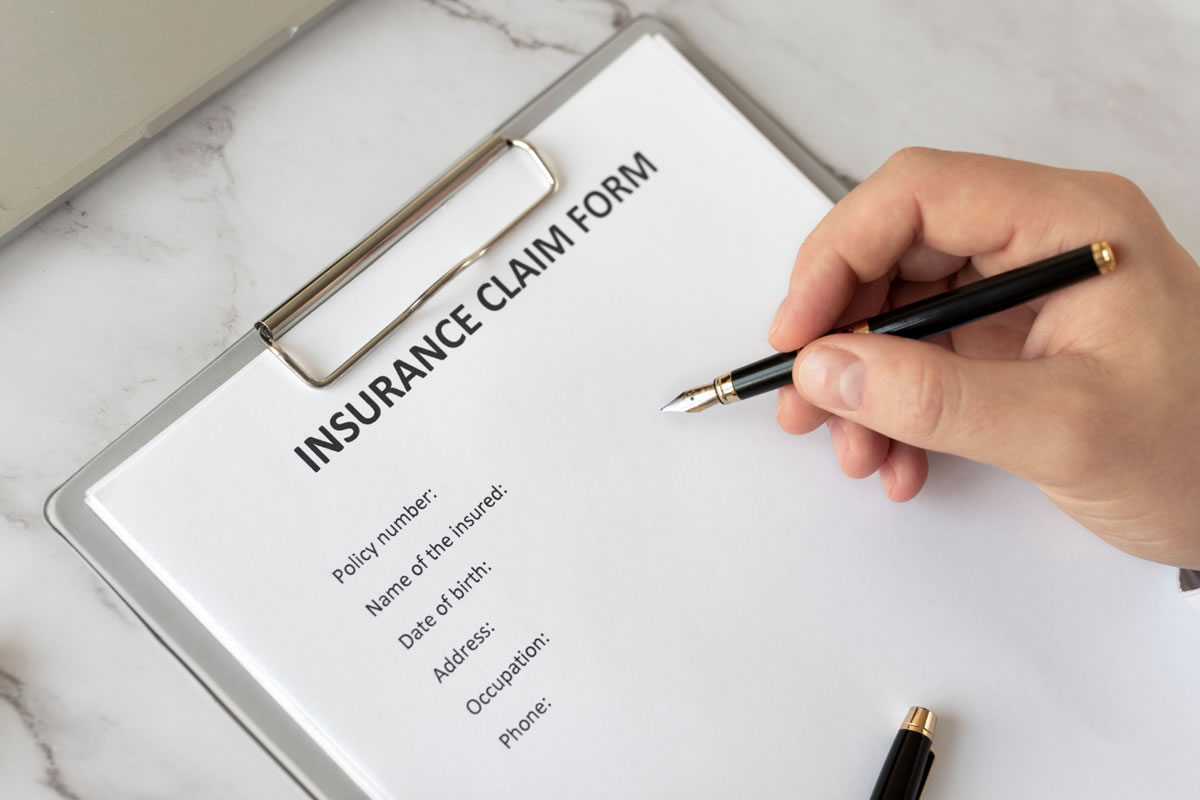
Navigating the repair and restoration process after home insurance damage can feel overwhelming, but a structured approach can significantly ease the burden. Understanding the steps involved, from contractor selection to finalizing payments, is key to a smooth and successful outcome. This section details the crucial aspects of this phase, empowering you to take control and rebuild your home effectively.Selecting Contractors for Repairs or Restorations involves careful consideration and due diligence.
It’s not simply about finding the cheapest option; it’s about finding a reputable and qualified contractor who can deliver high-quality work within the agreed-upon timeframe and budget.
Contractor Selection Process
Choosing the right contractor is paramount. Begin by seeking recommendations from friends, family, or your insurance adjuster. Check online reviews and verify licensing and insurance credentials with your state’s licensing board. A thorough background check is crucial to avoid potential scams or substandard workmanship. Consider the contractor’s experience with similar projects and their communication style – clear and consistent communication is vital throughout the repair process.
Finally, always request proof of liability insurance and workers’ compensation coverage to protect yourself from potential financial liabilities in case of accidents on your property.
The Importance of Obtaining Multiple Quotes, What is the best way to file a claim for home insurance damage
Obtaining multiple quotes from different contractors is a non-negotiable step. This allows for a fair comparison of pricing, services offered, and timelines. Don’t just focus on the lowest price; analyze the overall value proposition, including the contractor’s reputation, experience, and proposed materials. Discrepancies in quotes can highlight potential issues or differing approaches to the repair work. Negotiating with contractors based on multiple quotes strengthens your position and can lead to more favorable terms.
For example, if one contractor’s quote is significantly higher than others, inquire about the reasons for the price difference. This could reveal hidden costs or unnecessary additions.
Documentation to Support Repair Costs
Comprehensive documentation is essential to ensure a smooth claims process. This includes detailed itemized invoices from contractors, receipts for purchased materials, before-and-after photos documenting the damage and repairs, and any permits obtained for the work. Maintaining accurate records simplifies the insurance claim review and payment process. For example, a detailed invoice should specify the labor costs, material costs, and any other expenses incurred during the repair process, clearly outlining each component of the total cost.
Photographs should clearly show the extent of the damage before repairs and the completed repairs afterwards.
Sample Contractor Contract
A well-drafted contract protects both the homeowner and the contractor. The following elements are crucial:
| Clause | Description |
|---|---|
| Project Scope | A detailed description of the work to be performed, including materials, specifications, and timelines. |
| Payment Schedule | A clear Artikel of payment milestones tied to completion of specific stages of the project. Avoid paying the full amount upfront. |
| Warranty | A warranty covering the workmanship and materials for a specified period, typically one year. |
| Dispute Resolution | A mechanism for resolving disagreements, such as mediation or arbitration, to avoid costly litigation. |
| Change Orders | A process for handling changes to the original scope of work, including cost and time implications. |
| Insurance and Licensing | Confirmation that the contractor carries the necessary insurance and licenses. |
Remember: Always review the contract carefully before signing and seek legal advice if necessary.
Dealing with Disputes
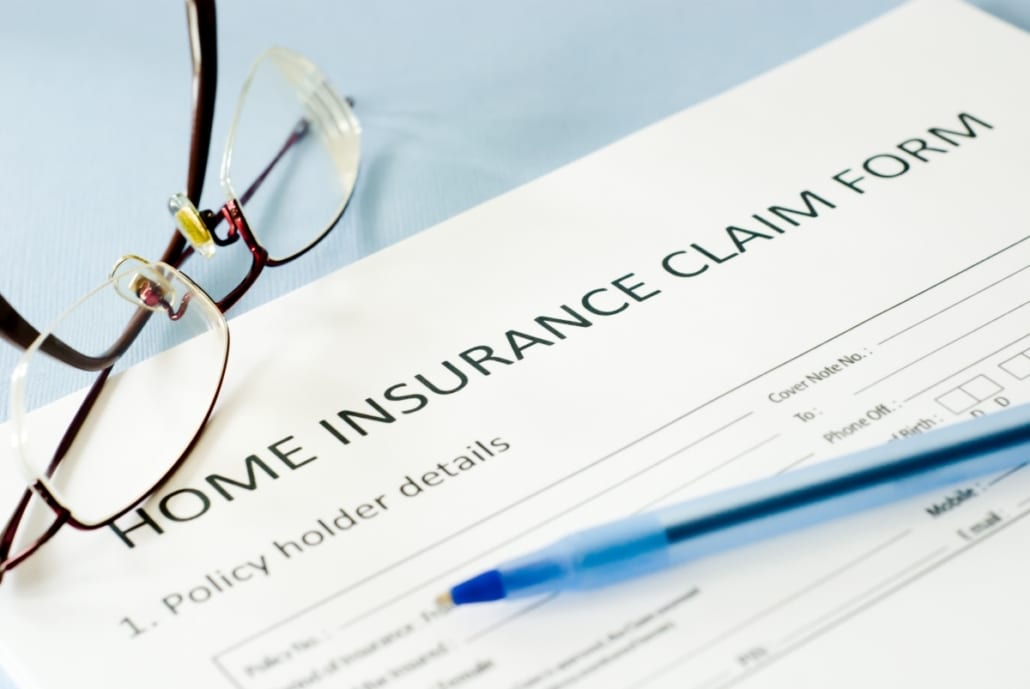
Navigating the claims process after home damage can sometimes lead to disagreements with your insurance provider. Understanding your rights and employing effective communication strategies are crucial for a fair resolution. Disputes can arise from various factors, including disagreements over the extent of damage, the value of repairs, or the interpretation of your policy. Knowing how to address these issues proactively can significantly impact the outcome.Disputes with insurance providers can be stressful, but there are established pathways for resolution.
Homeowners should be prepared to gather supporting documentation, communicate clearly, and consider escalating the issue if necessary. Several resources are available to assist in resolving these conflicts fairly and efficiently.
Resolving Disputes with Your Insurance Provider
Strategies for resolving disputes often begin with clear and persistent communication. Maintain detailed records of all interactions, including dates, times, and the names of individuals you speak with. This documentation is invaluable should the dispute escalate. Attempt to calmly explain your perspective, referencing specific clauses in your policy and providing photographic or video evidence of the damage.
If informal communication fails, consider seeking mediation – a neutral third party can help facilitate a mutually agreeable solution. Remember to always maintain a professional and respectful tone, even when frustrated. A collaborative approach is more likely to yield positive results than a confrontational one.
Available Resources for Homeowners
Many resources exist to assist homeowners facing insurance claim disputes. Your state’s Department of Insurance is a primary resource. These departments regulate insurance companies and often provide mediation services or handle complaints. Their websites typically offer information on filing complaints, understanding your rights, and accessing dispute resolution processes. Additionally, consumer protection agencies at the state and federal level can provide guidance and support.
Independent consumer advocacy groups may also offer assistance in navigating the claims process and resolving disputes. These groups often provide valuable information and support to homeowners. Finally, legal counsel may be necessary in complex or intractable cases.
Appealing a Denied Claim
If your insurance claim is denied, the process of appeal usually involves submitting a formal written request to your insurance company. This request should clearly state the reasons why you believe the denial is incorrect, providing supporting documentation such as additional photos, repair estimates, or expert opinions. Your appeal should meticulously address each point of the denial, offering counter-arguments and evidence.
Carefully review your policy and any correspondence from the insurance company to identify the grounds for your appeal. Many insurance policies Artikel specific procedures for appealing denied claims; adhering to these procedures is essential. Remember to keep copies of all correspondence and documentation related to the appeal. If the appeal is unsuccessful, you may need to consider alternative dispute resolution methods or legal action.
Effective Communication Strategies
Effective communication is paramount in resolving disputes amicably. Maintain a calm and professional tone in all interactions, both written and verbal. Clearly articulate your concerns and provide specific examples to support your claims. Use concise and factual language, avoiding emotional or accusatory statements. Always document all communication, including emails, letters, and phone calls.
When speaking with an insurance adjuster, be prepared to answer questions thoroughly and honestly. If you are unsure about anything, ask clarifying questions. A collaborative approach, focused on finding a mutually acceptable solution, is far more productive than a confrontational one. For example, instead of demanding a specific amount, propose a range that you believe is fair and reasonable, based on evidence and expert opinions.
Preventing Future Damage: What Is The Best Way To File A Claim For Home Insurance Damage
Proactive home maintenance is key to minimizing the risk of costly repairs and insurance claims. By regularly inspecting and addressing potential issues, homeowners can significantly reduce the likelihood of experiencing significant damage from unforeseen events. This proactive approach not only saves money in the long run but also provides peace of mind, knowing your home is better protected.Regular home maintenance significantly reduces the frequency and severity of damage, leading to fewer insurance claims and lower premiums over time.
This preventative approach is far more cost-effective than reacting to damage after it occurs. By following a simple yearly schedule, homeowners can protect their investment and enjoy a safer, more comfortable living environment.
Common Sources of Home Damage and Preventative Measures
Understanding the common causes of home damage is crucial for effective prevention. This section details typical damage sources and provides practical solutions to mitigate their impact.Imagine a visual guide: Panel A depicts a leaky roof, with water staining the ceiling below. The solution, shown in Panel B, is regular gutter cleaning and roof inspections to identify and repair leaks promptly.
Panel C shows a cracked foundation, possibly due to shifting soil. Panel D illustrates proper drainage solutions and foundation reinforcement to prevent future cracking. Panel E shows a damaged electrical outlet, sparking and potentially causing a fire. Panel F depicts the preventative measure of regular electrical system inspections and timely repairs.
Yearly Home Maintenance Schedule
A structured yearly maintenance schedule ensures consistent attention to crucial areas, preventing minor issues from escalating into major problems.
- Spring (March-May): Inspect the roof for missing shingles, damaged flashing, and clogged gutters. Clean gutters and downspouts. Check for exterior paint damage and address any necessary repairs. Inspect the foundation for cracks or settling. Test smoke and carbon monoxide detectors.
- Summer (June-August): Inspect air conditioning units and ensure proper functionality. Check for pest infestations and take preventative measures. Inspect and clean exterior vents and exhaust fans. Trim trees and shrubs away from the house to prevent damage during storms.
- Autumn (September-November): Prepare for winter weather by cleaning and inspecting heating systems. Inspect windows and doors for drafts and seal any gaps. Clean chimneys and fireplaces to prevent fire hazards. Inspect and clean gutters and downspouts again, ensuring they are clear of leaves and debris.
- Winter (December-February): Regularly check for ice dams on the roof. Monitor pipes for freezing and take preventative measures. Ensure proper insulation to maintain consistent indoor temperatures. Inspect the foundation for any signs of frost heave.
Following this schedule can help minimize damage and reduce the need for costly repairs, ultimately lowering the risk of filing insurance claims. Remember, prevention is always better than cure.
